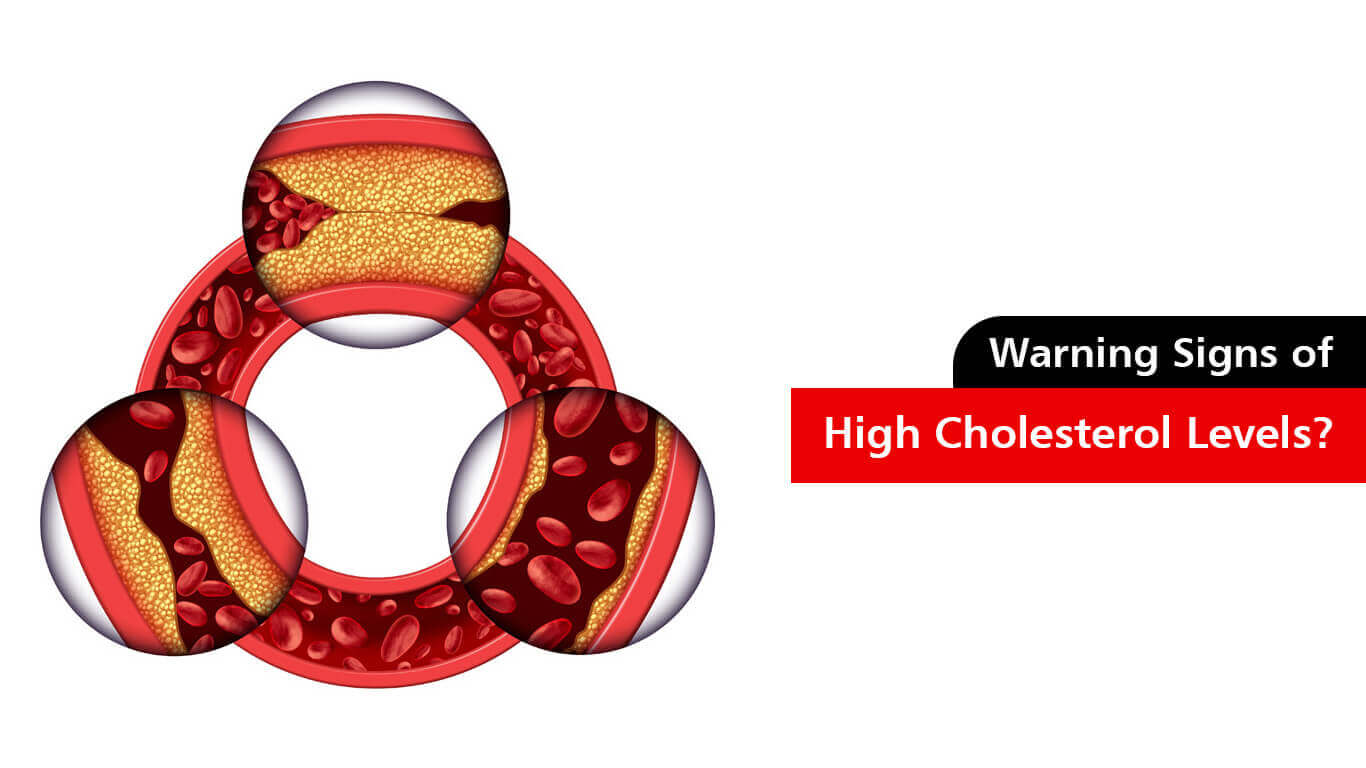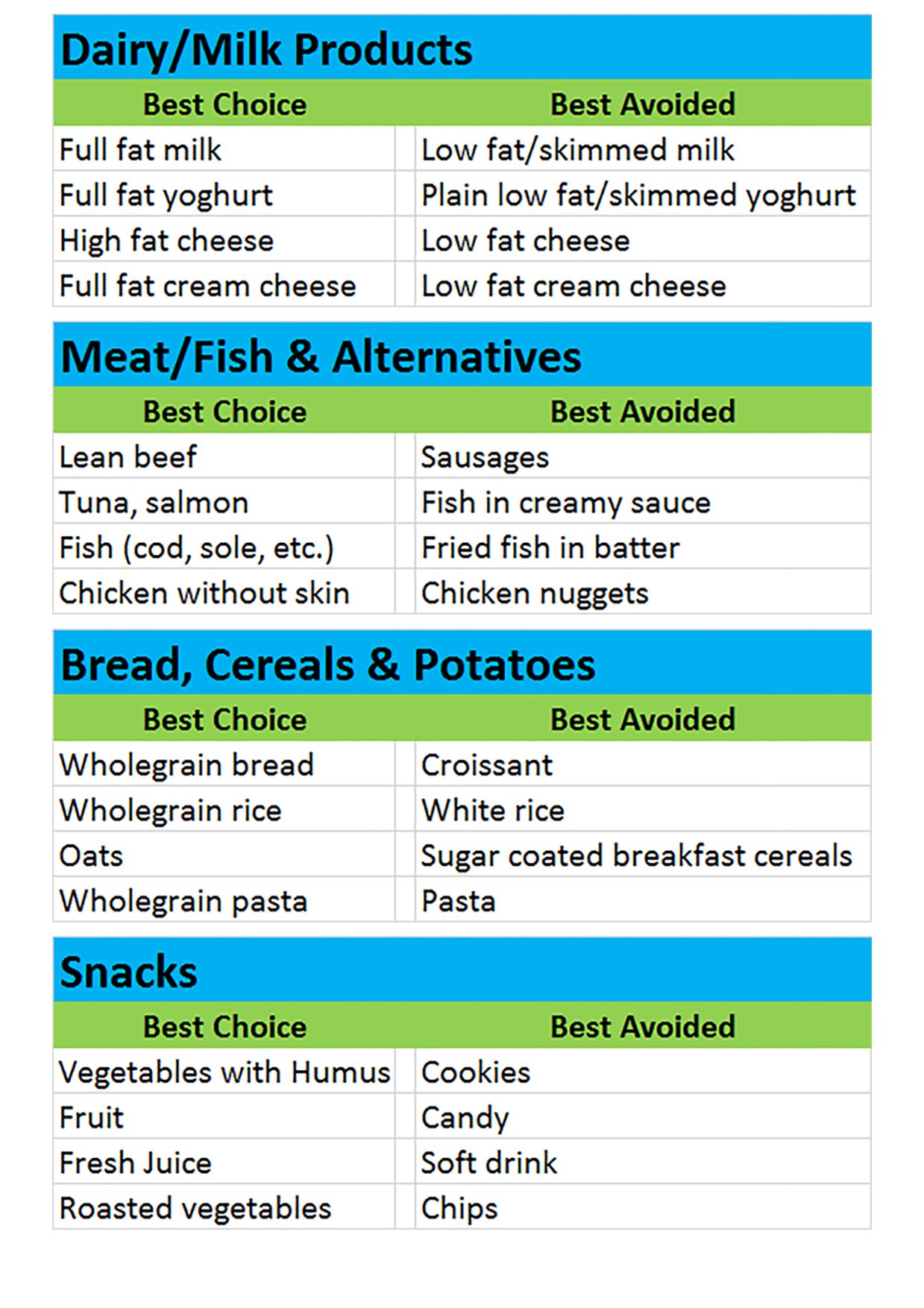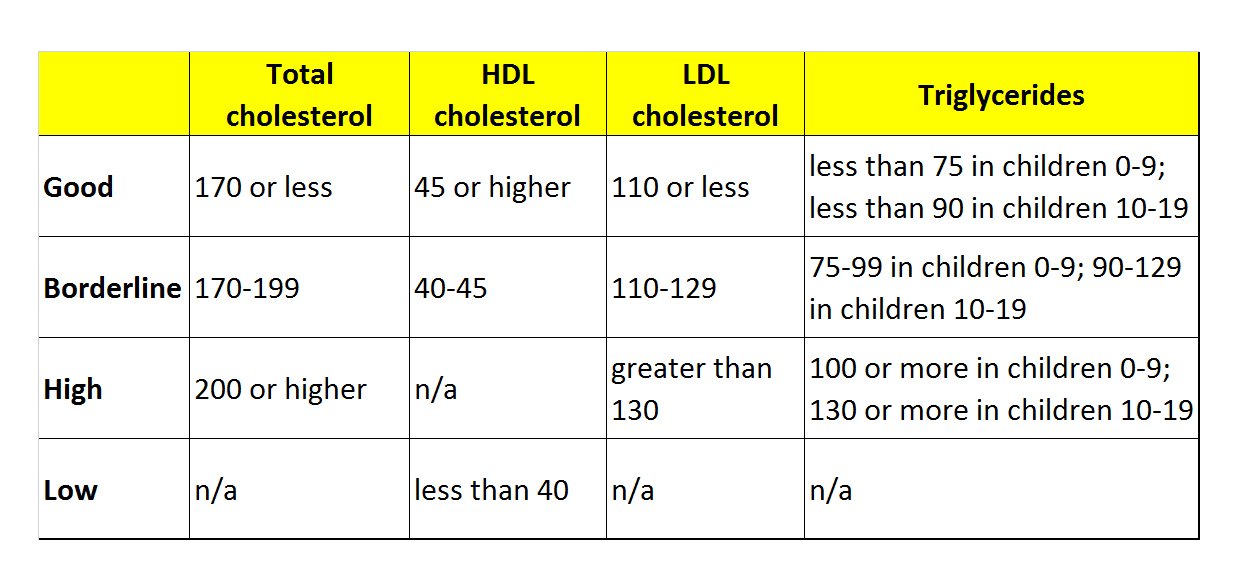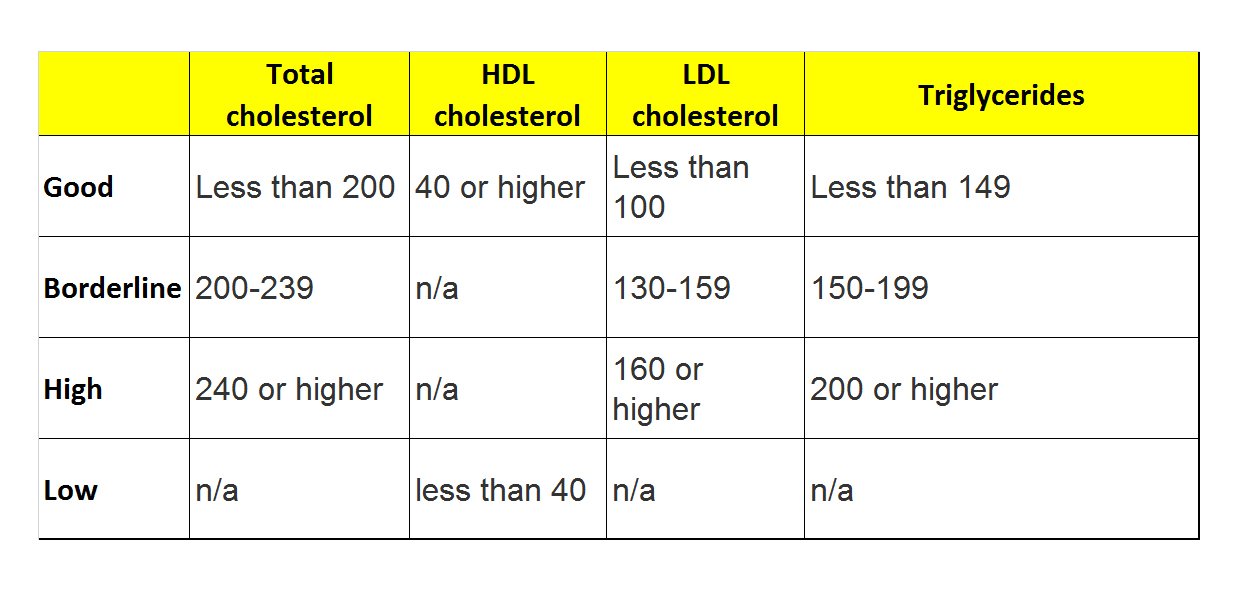Cholesterol is a compound of the sterol type found in most body tissues. Cholesterol and its derivatives are important constituents of cell membranes and precursors of other steroid compounds, but a high proportion in the blood of low-density lipoprotein (which transports cholesterol to the tissues) is associated with an increased risk of coronary heart disease.
High cholesterol is associated with an elevated risk of cardiovascular disease. That can include coronary heart disease, stroke, and peripheral vascular disease. High cholesterol has also been linked to diabetes and high blood pressure. Cholesterol is a waxy, fat-like substance that’s found in all cells of the body. Your body needs some cholesterol to make hormones, vitamin D, and substances that help you digest foods. LDL cholesterol sometimes is called “bad” cholesterol.
When plaque builds in the walls of your arteries, it leads to conditions such as coronary heart disease, CHD, and coronary microvascular disease, CMD. Although high cholesterol itself does not directly cause fatigue, the conditions resulting from it can. Your liver is the primary organ responsible to produce cholesterol in your body, although a small amount is made by the lining of the small intestine and the individual cells of the body. Cholesterol is a soft, waxy, fatty compound that is a type of steroid.
Having a raised level of cholesterol in your blood also increases the risk of developing these health problems. So, if you have both a high blood cholesterol level and high blood pressure, then your risk of heart attack or stroke is much stronger than if you had just one or the other. This is because the cholesterol in your blood can form fatty deposits, known as plaques, in the walls of your arteries. If the plaque bursts, it can cause a blood clot. This could cause a heart attack if the clot blocks an artery to your heart.
There are two main types of cholesterol carried by different types of lipoproteins. Low-density lipoproteins (LDL) are sometimes called “bad” cholesterol. High levels of LDL cholesterol can build up in your arteries, causing heart disease. High-density lipoproteins (HDL) are referred to as “good” cholesterol. Total blood (or serum) cholesterol. Your total cholesterol score is calculated using the following equation: HDL + LDL + 20 percent of your triglyceride level. HDL (good) cholesterol. With HDL cholesterol, higher levels are better. Low HDL cholesterol puts you at higher risk for heart disease.

The build-up can narrow the arteries and make it harder for blood to flow through them. The build-up can also lead to dangerous blood clots and inflammation that can cause heart attacks and strokes. LDL is the “bad” cholesterol. It’s the kind that can raise your risk of heart disease, heart attack, and stroke.
Eating too much saturated fat, trans fat, and cholesterol can cause high cholesterol. Saturated fat and cholesterol are in foods that come from animals, such as meats, whole milk, egg yolks, butter, and cheese. Trans fat is found in fried foods and packaged foods, such as cookies, crackers, and chips.
Believe it or not, fat has an important role to play in any healthy diet, providing a source of energy as well as essential fatty acids. However, there are different types of fat present in our food – often thought of as “good” fats and “bad” fats – and “bad” saturated fat has been linked to increased LDL-cholesterol, one of the risk factors in the development of coronary heart disease. So what are saturated fats, and how do they affect your body?
Saturated fat is the main culprit, but cholesterol in foods also matters. Reducing the amount of saturated fat and cholesterol in your diet helps lower your blood cholesterol level. Weight. Being overweight is a risk factor for heart disease. Saturated fat is found in some meats, dairy products, chocolate, baked goods, and deep-fried and processed foods. Trans fatty acids (trans fats) raise your LDL cholesterol and lower your high-density lipoprotein (HDL) cholesterol.
To give a simple saturated fat definition: it is a “bad” fat found in relatively high amounts in many meat and dairy products, including full fat milk, cheese, butter, and cream. A lot of prepared foods have a high quantity of saturated fat – ranging from baked desserts like cakes and biscuits, to pizza and pork pies. Perhaps surprisingly, it can also be found in some vegetable products: coconut oil and palm oil are also high in saturated fat. Having too much cholesterol in the blood is one of the risk factors in the development of coronary heart disease* – and saturated fat and cholesterol have been linked by a number of studies. There is convincing evidence that replacing saturated fat with “good” unsaturated fats in the diet, can help lower “bad” LDL-cholesterol, which – if elevated – is one of the risk factors in the development of coronary heart disease*.
How to reduce or replace the saturated fat in your diet
- Know your recommended daily allowance. This varies according to gender. The average man should eat no more than 30 grams. In contrast, the average woman should have less than 20 grams of saturated fat per day. This includes everything you consume throughout the day, so remember to include all your snacks when calculating your intake. It’s also easy to forget things like butter and milk: we often add these to bread or hot drinks without even thinking about it. These figures are just guidelines – your saturated fat intake should be around 1/3 of your total fat (both saturated an unsaturated) intake allowance. This may vary slightly depending on your individual circumstances. For example, if you do a great deal of physical activity your energy allowance may be slightly higher; if you’re trying to lose weight, you may well need to restrict your intake to than less than the standard guidelines.
- Read food labels. When buying prepared food, it’s a good idea to check the nutritional information on the packet. Many packets will have information on Reference Intake (formerly Guideline Daily Allowance) on the front, using the traffic light system to indicate the amount of energy, total fat, saturated fat, sugars, and salt per serving (and an indication of serving size) If nutritional information is only given per 100g, bear in mind that we rarely eat exactly 100 grams of any food. How much saturated fat is going to be in the amount you will actually be eating?
- Swap full fat dairy options for reduced fat or unsaturated fat options. For example, consider opting for skimmed rather than full fat milk, or melting a vegetable oil based soft spread over your baked potatoes or vegetables rather than butter.
- Cook cleverly. Poaching, boiling, baking, steaming, and grilling meat, fish, or eggs use less fat than frying. When frying is necessary, use vegetable oils or products made from them, as they are a good source of unsaturated fat. Also try trimming the fat off meat and taking the skin off chicken breasts.
- Replace foods high in “bad” fats with those containing more of the “good” unsaturated fat where possible. It helps to know what the main sources of saturated fat are and what foods make suitable replacements. Below is some replacement diet you can try.

Cholesterol chart for children
Following are the recommended cholesterol levels for children according to the National Institutes of Health (NIH). All values are in mg/dl (milligrams per decilitre).

Adults have their cholesterol checked every four to six years, starting at age 20, which is when cholesterol levels can start to go up. As we age, cholesterol levels tend to rise. Men are generally at a higher risk than women. However, a woman’s risk goes up after she hits menopause. For those with high cholesterol, testing is recommended more frequently.Adults
Cholesterol chart for adults
These are the acceptable, borderline, and high cholesterol and triglyceride measurements for adults. All values are in mg/dL (milligrams per deciliter).

Lifestyle changes
The good news is that lifestyle changes are effective in helping you reduce cholesterol levels. They’re also fairly straight forward and can be done at any age.Lifestyle changes
- Exercise: Physical activity helps you lose weight and boosts your HDL levels. Aim for 30 to 60 minutes a day of moderate cardio.
- Eat more fiber: Replace white breads and pastas with whole grains.
- Eat healthy fats: Olive oil, avocado, and nuts all have fats that won’t raise your LDL.
- Limit cholesterol intake: Reduce the amount of high-saturated fat foods like cheese, whole milk, and high-fat red meats.
- Consume good Supplements: Replenish your body daily as nutrients depleted over the years due to age, diets and lifestyle.
- Quit smoking.
It’s important to remember that everyone is different. Family history and whether you have other conditions, such as diabetes, plays a role in your individual risks. Talk to your doctor about your cholesterol levels and ask what he or she thinks your numbers should be.



